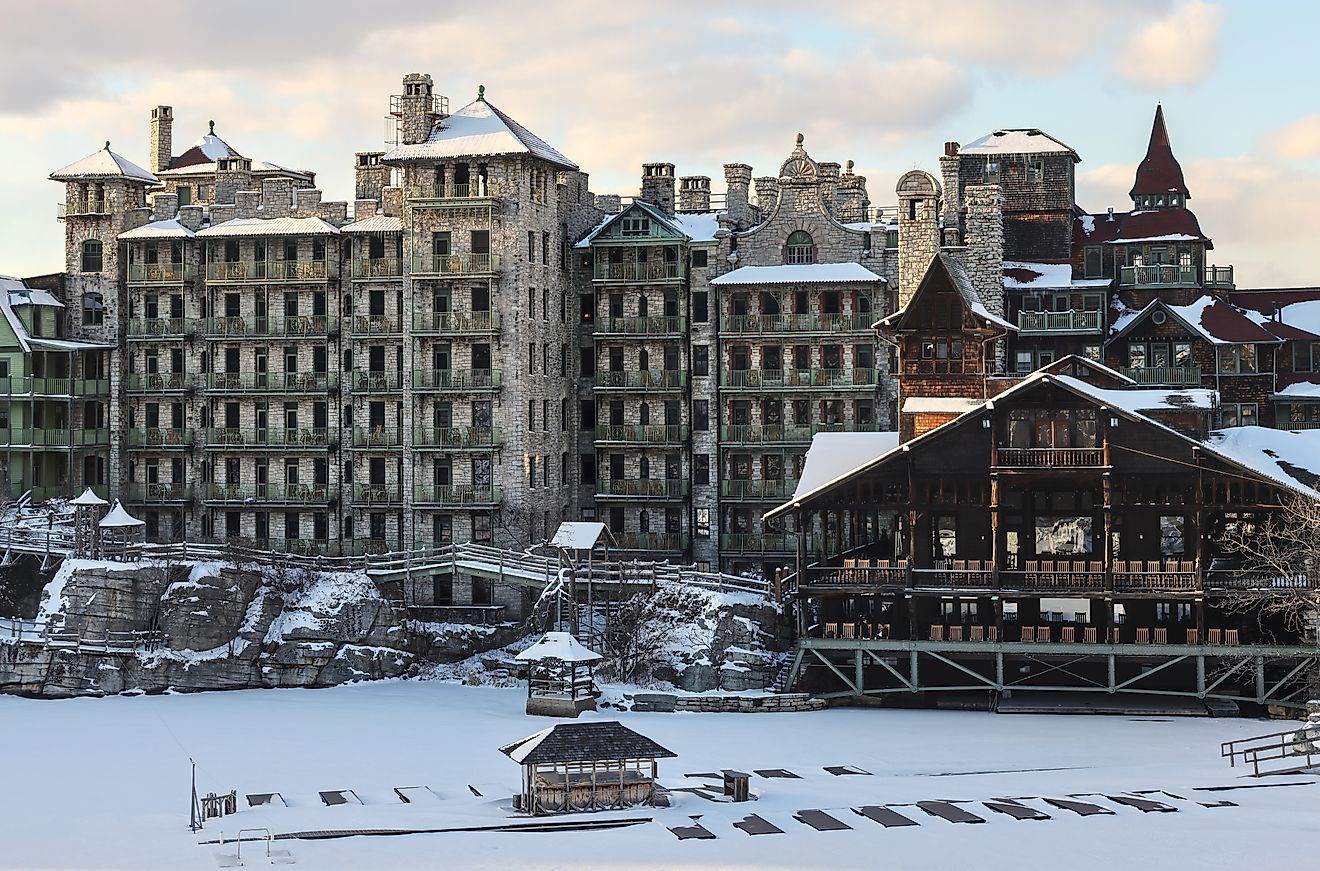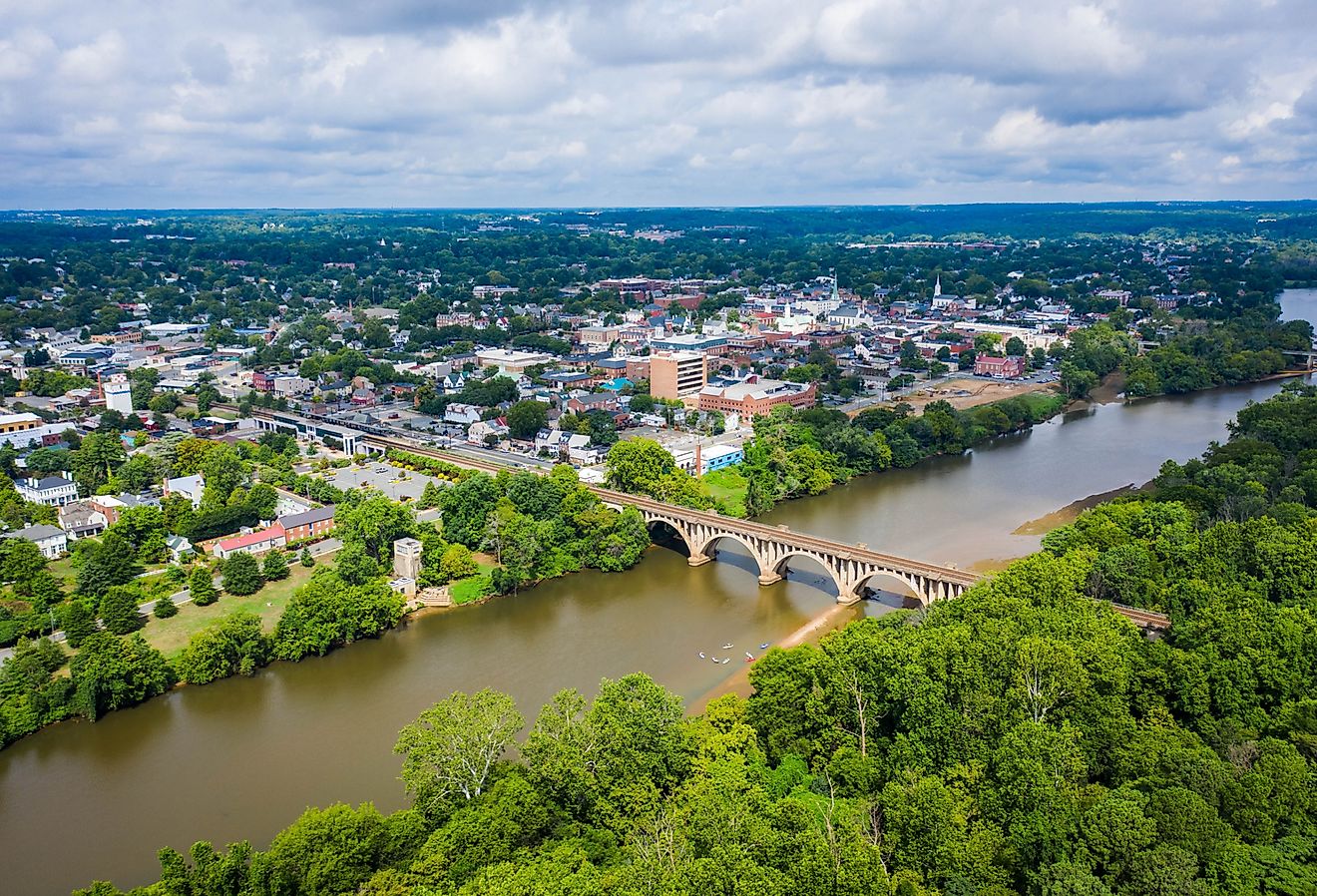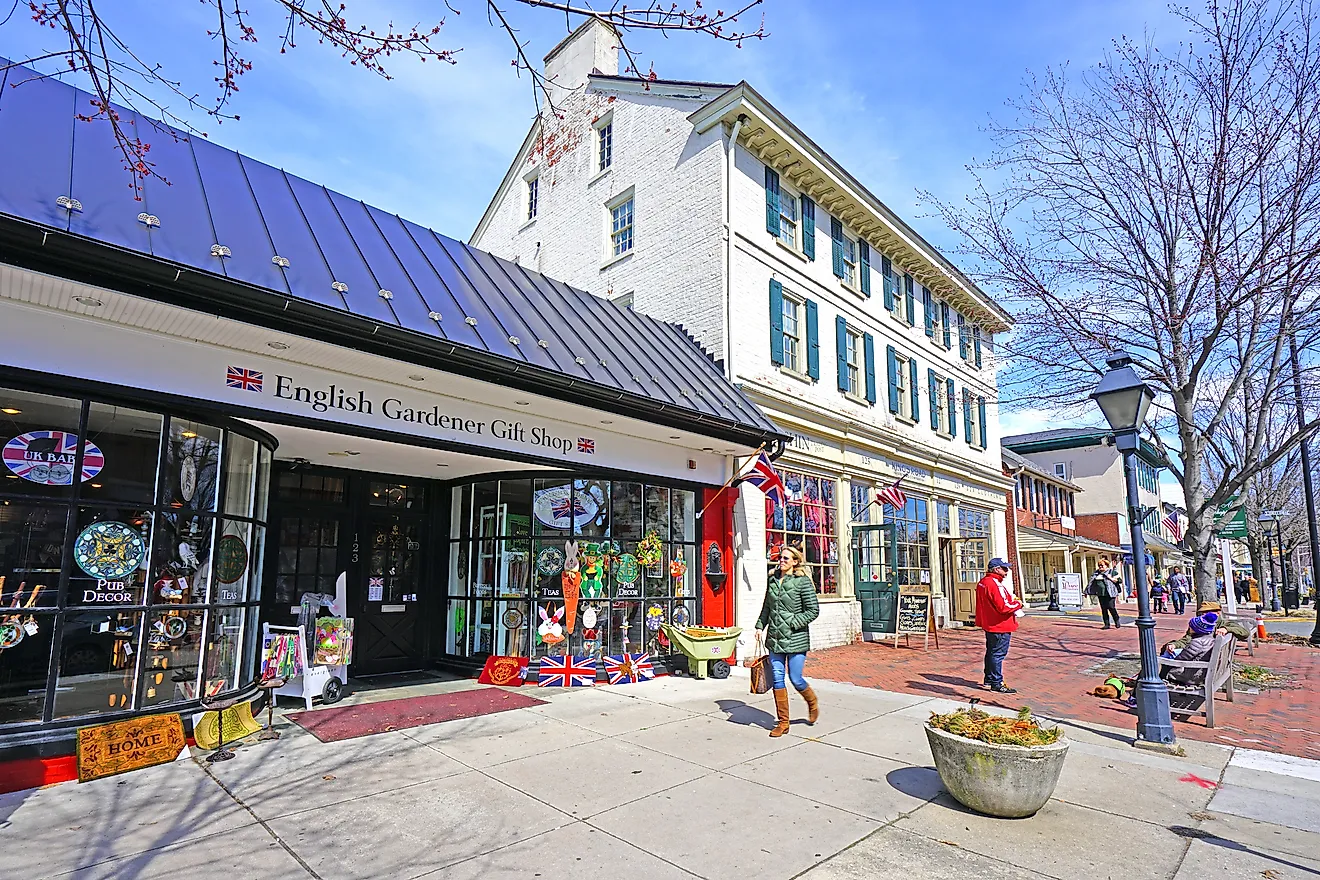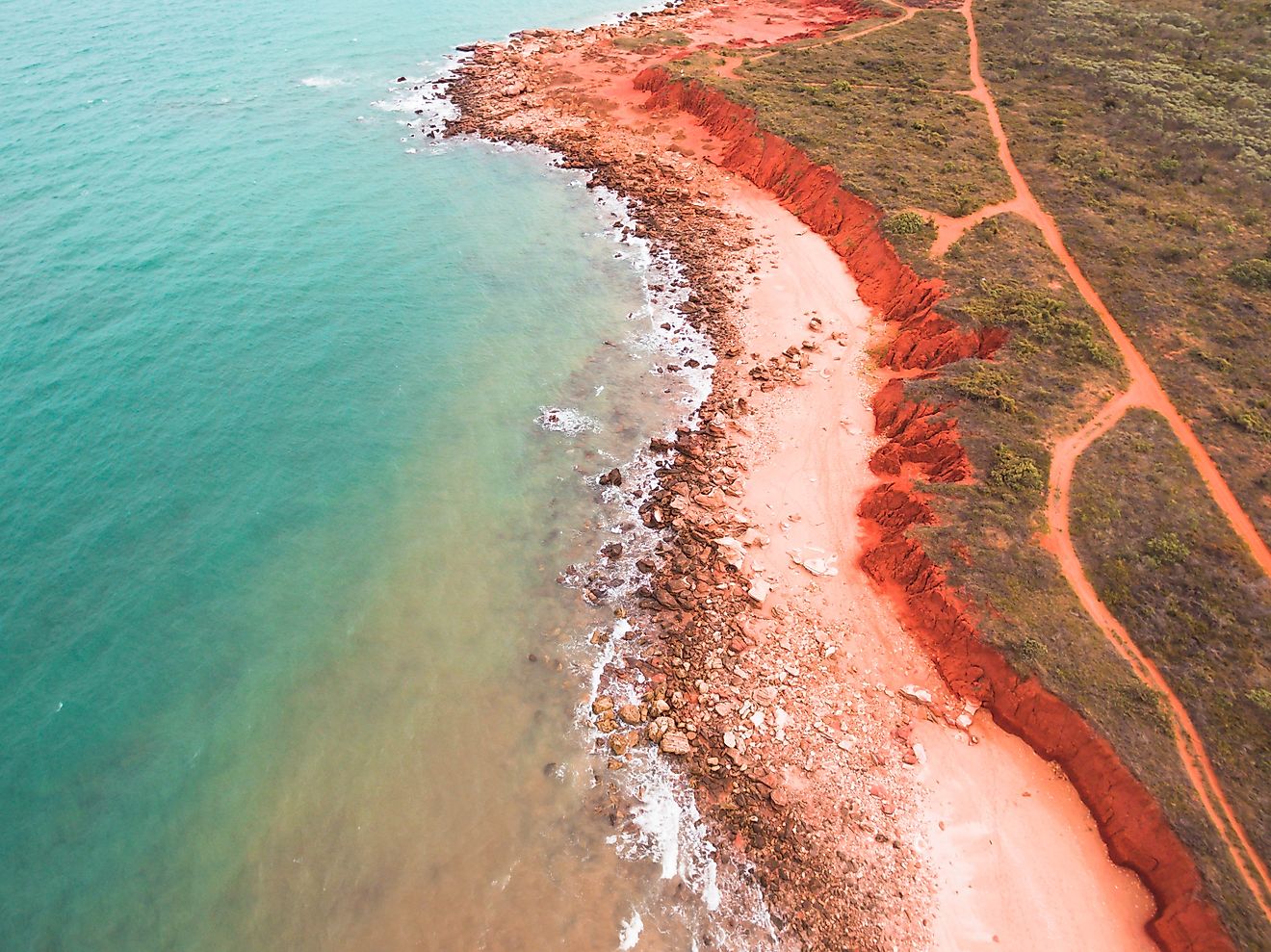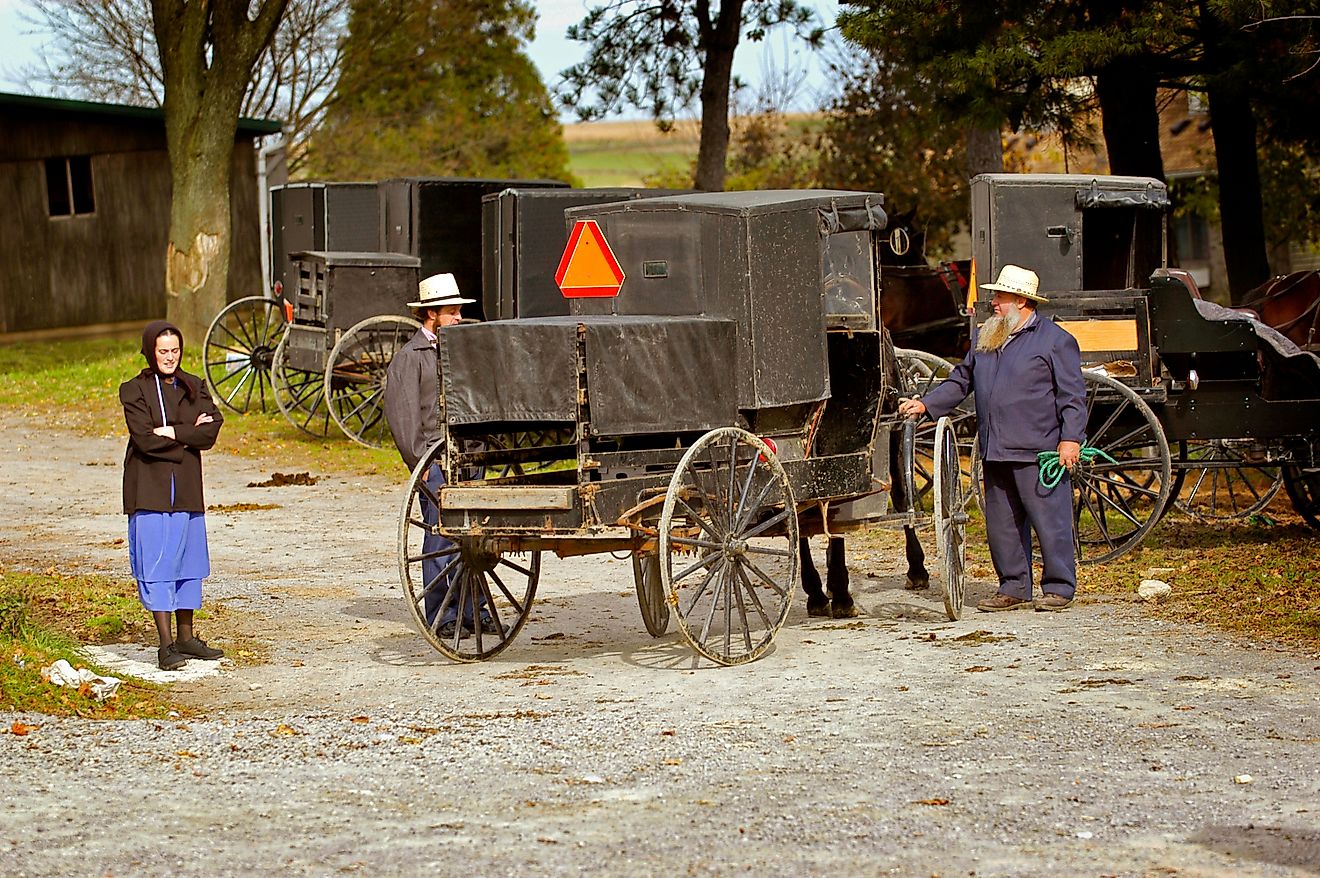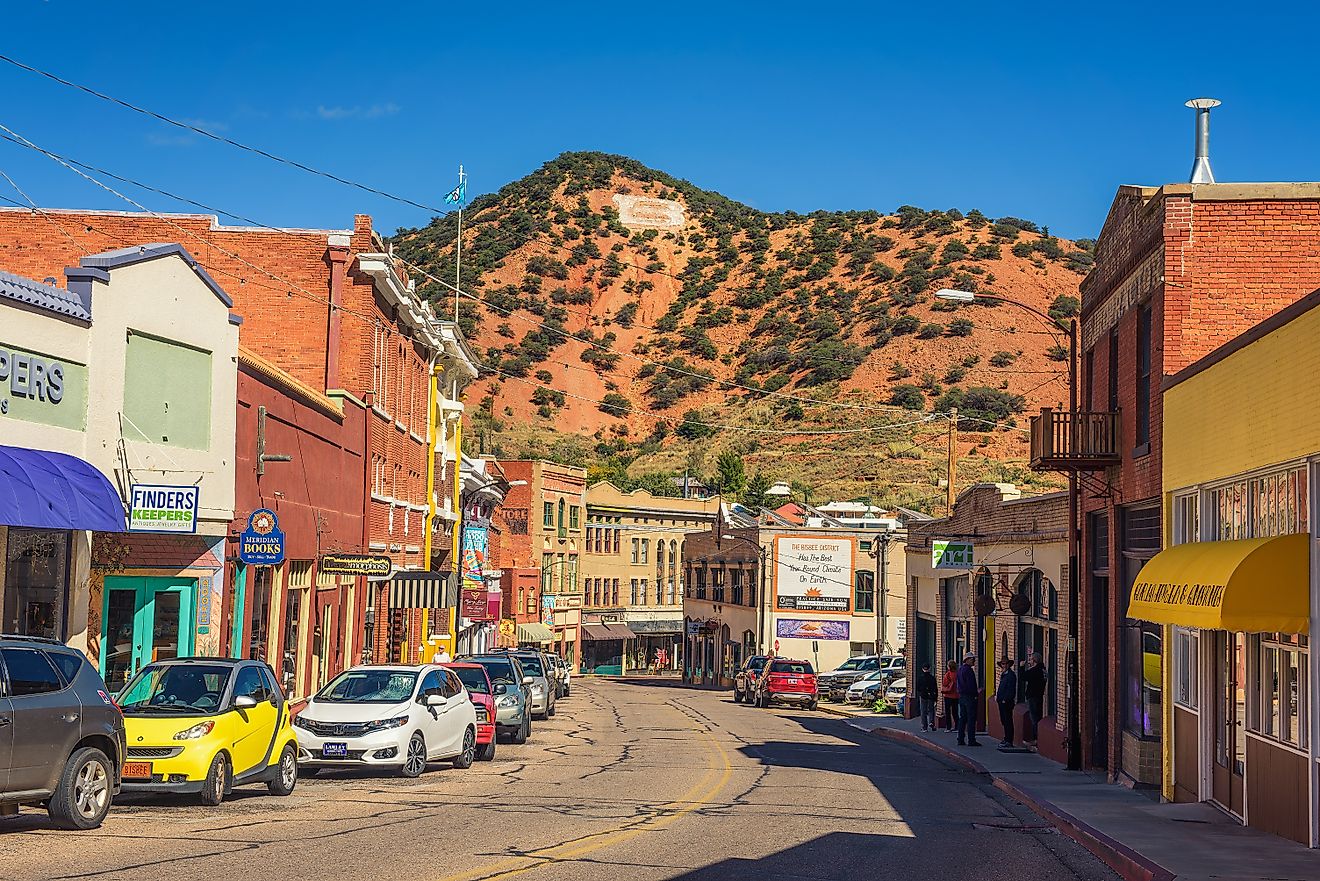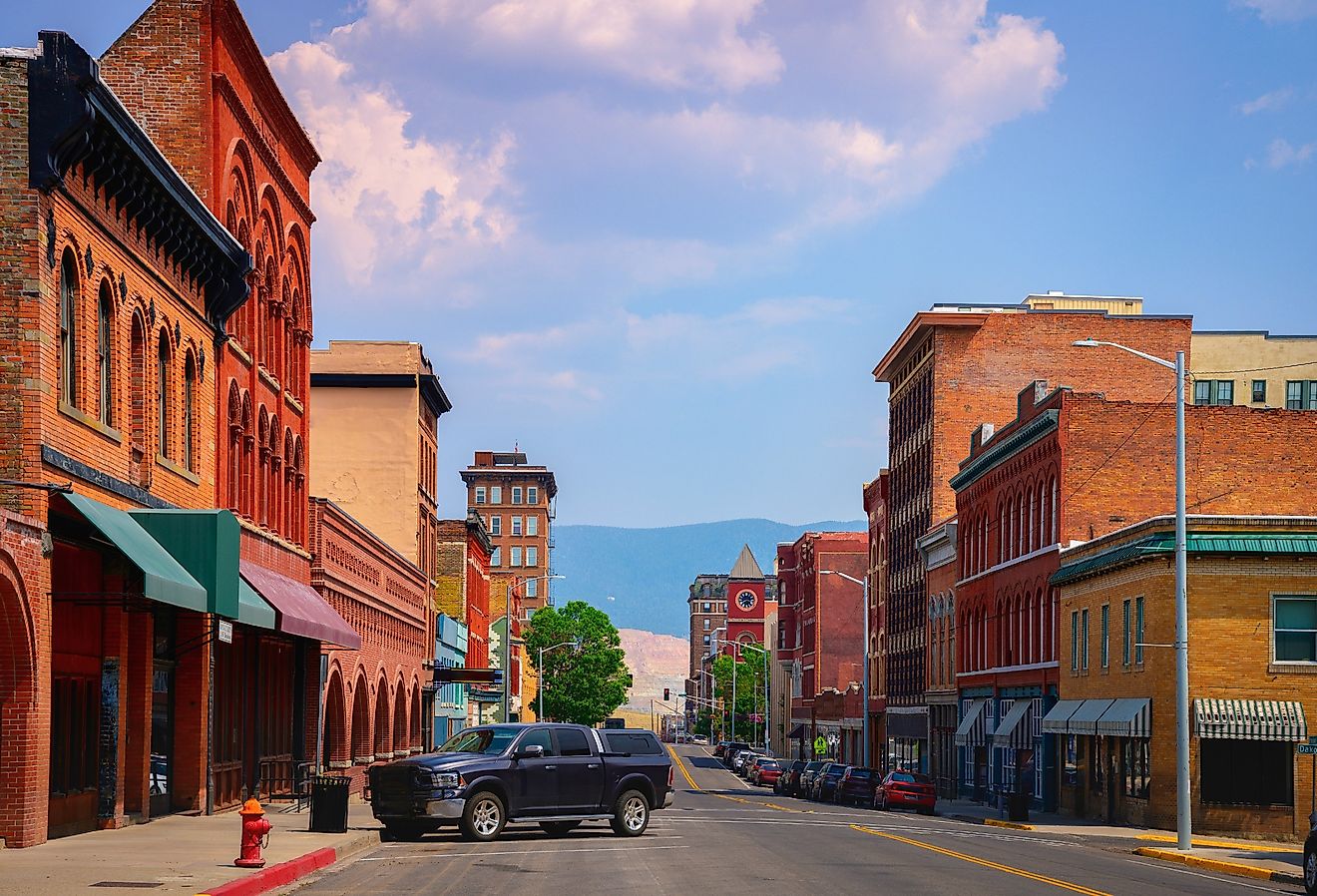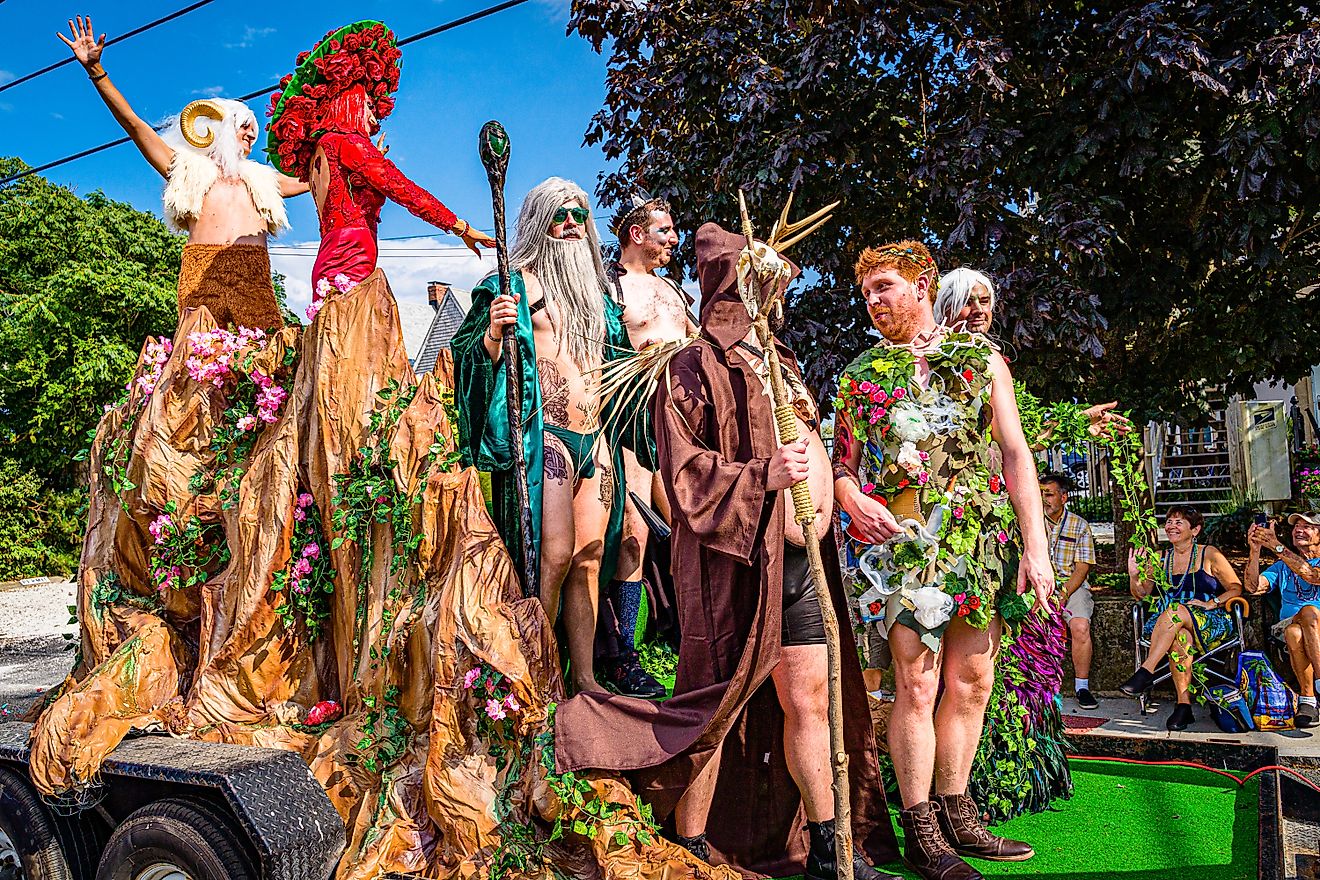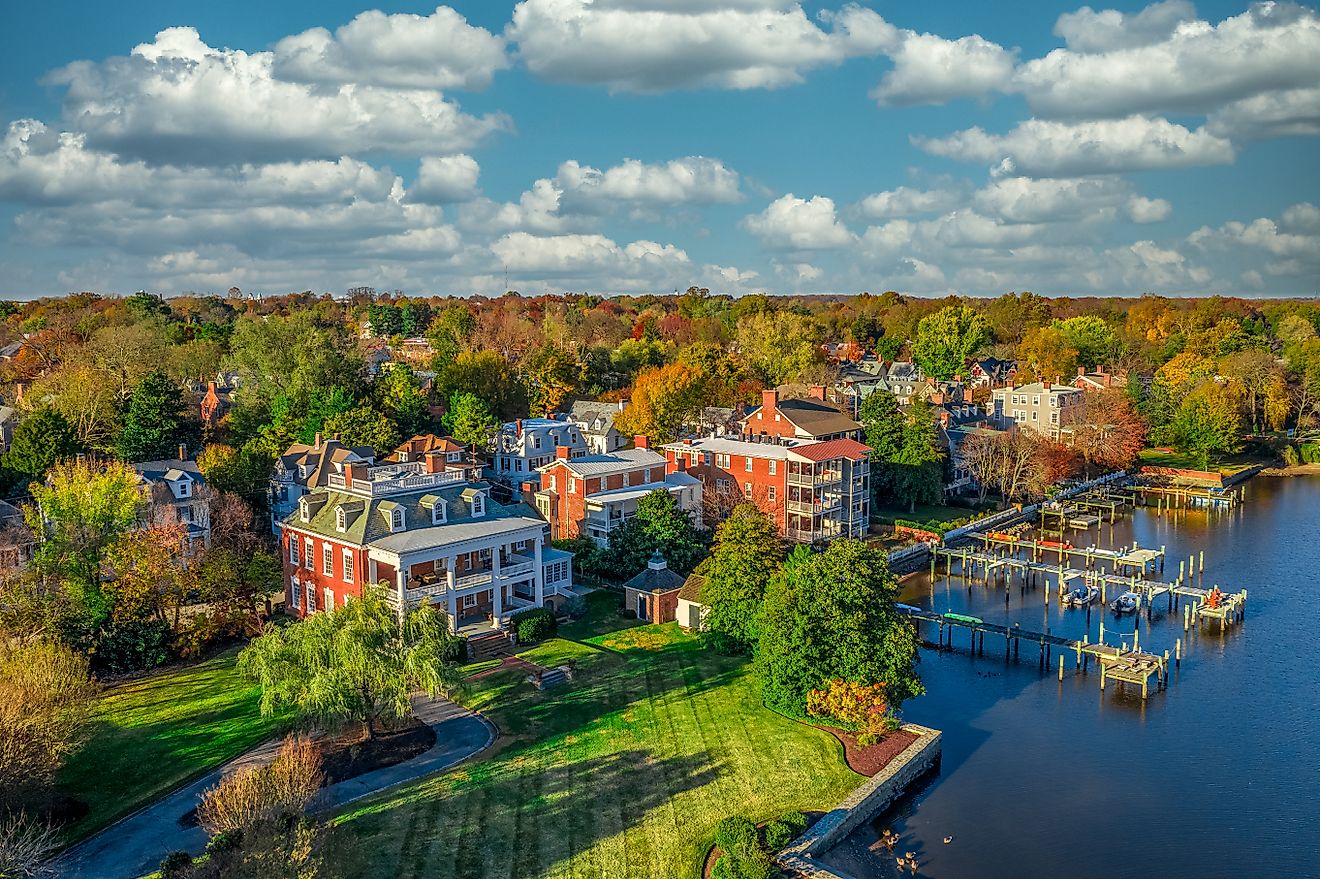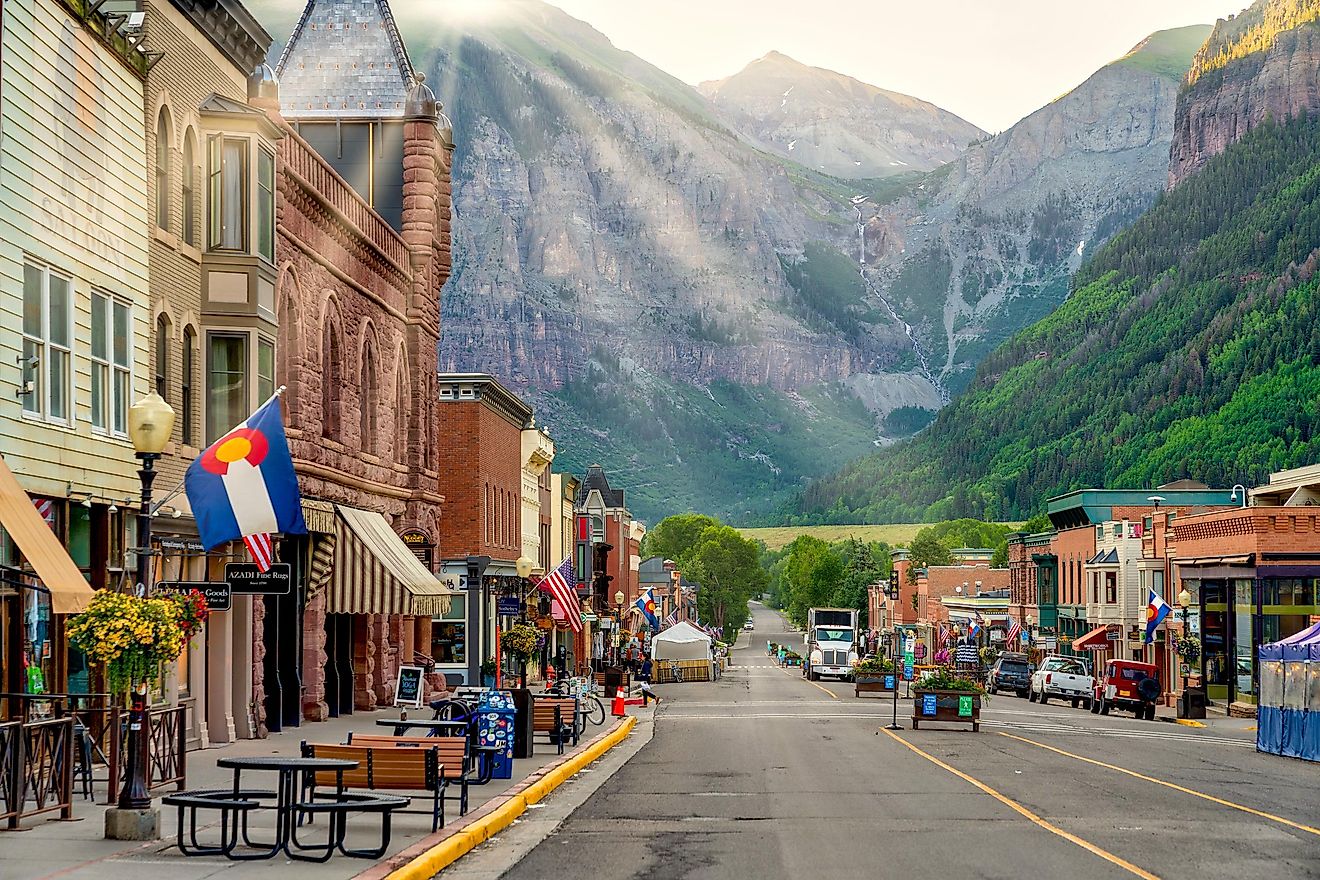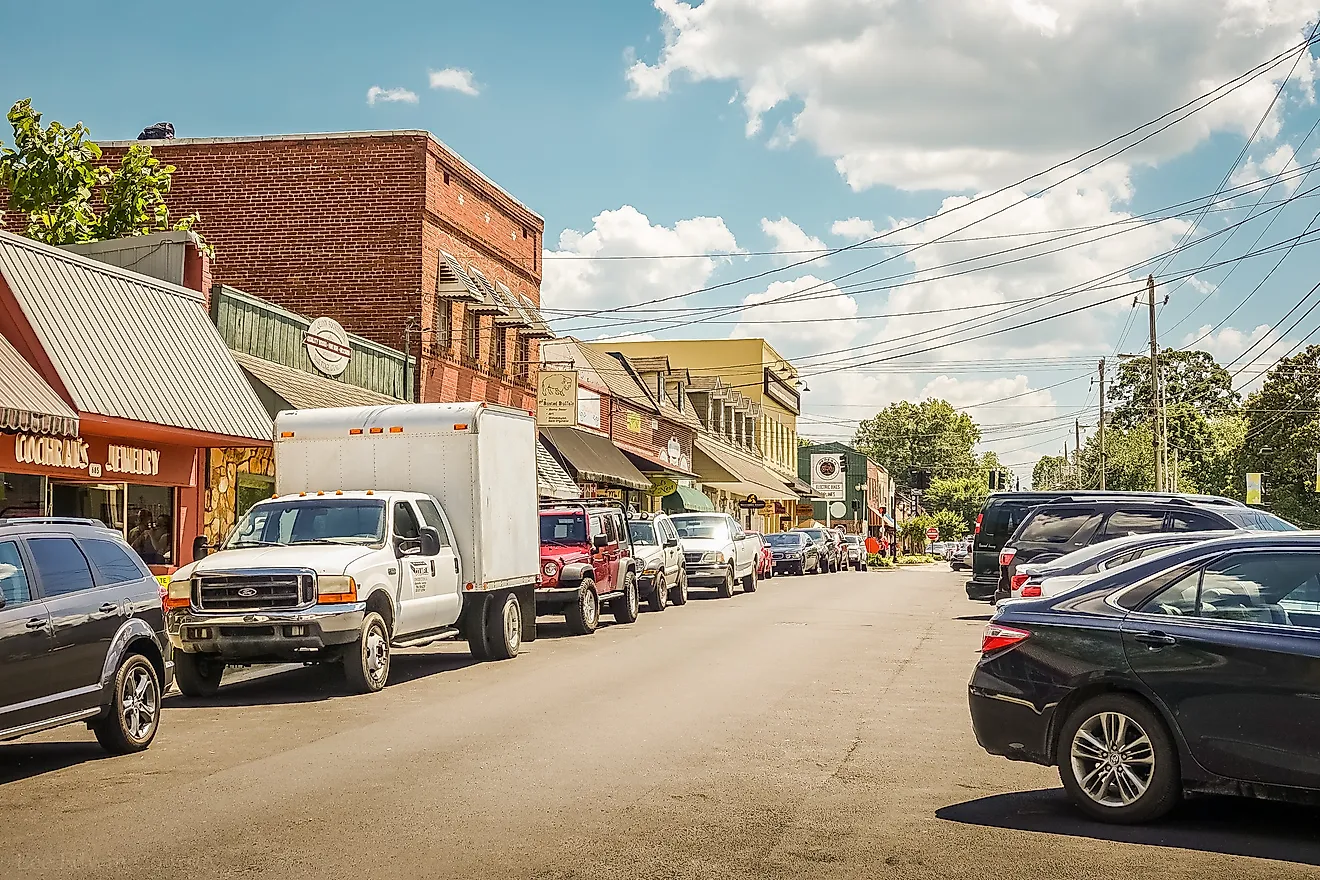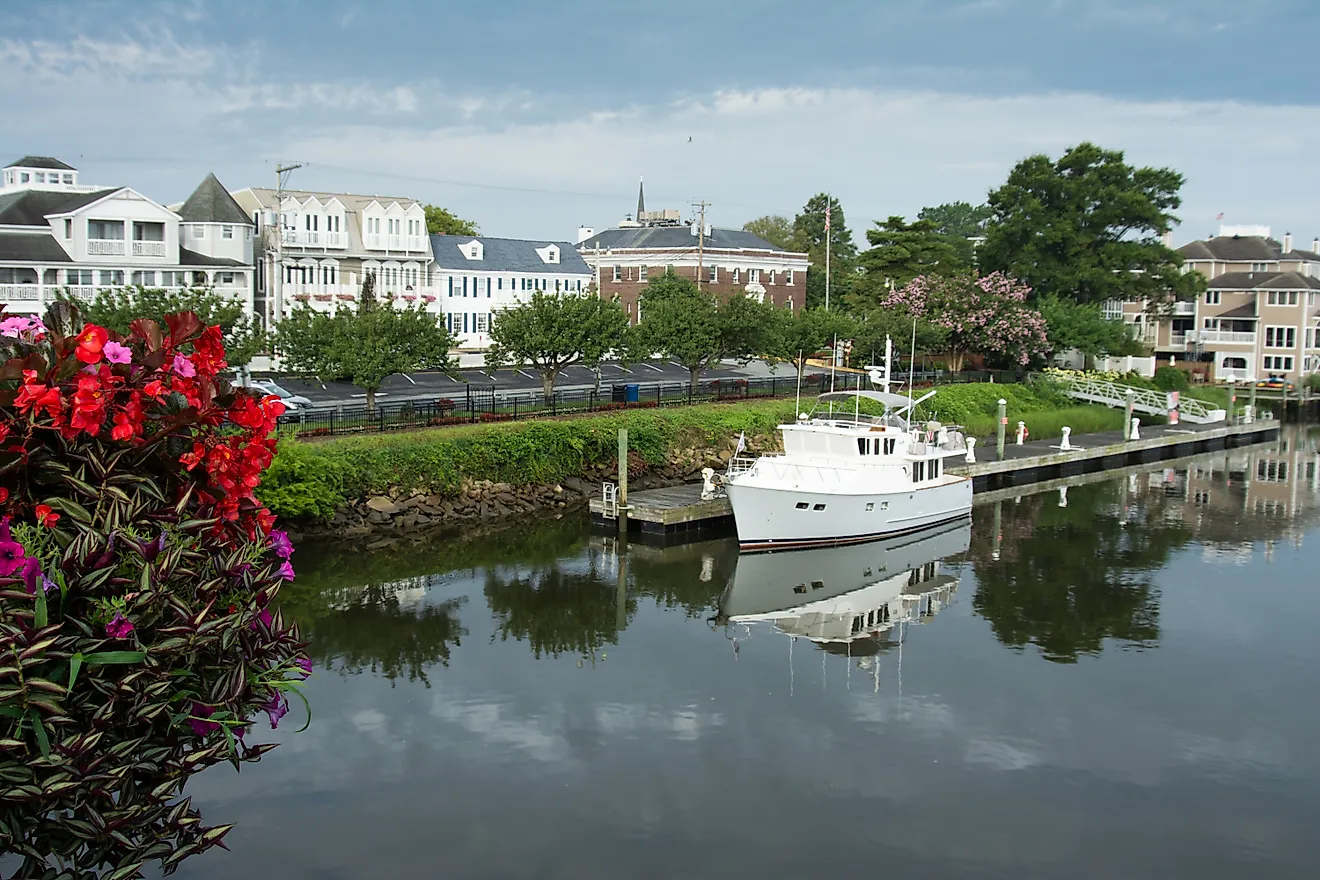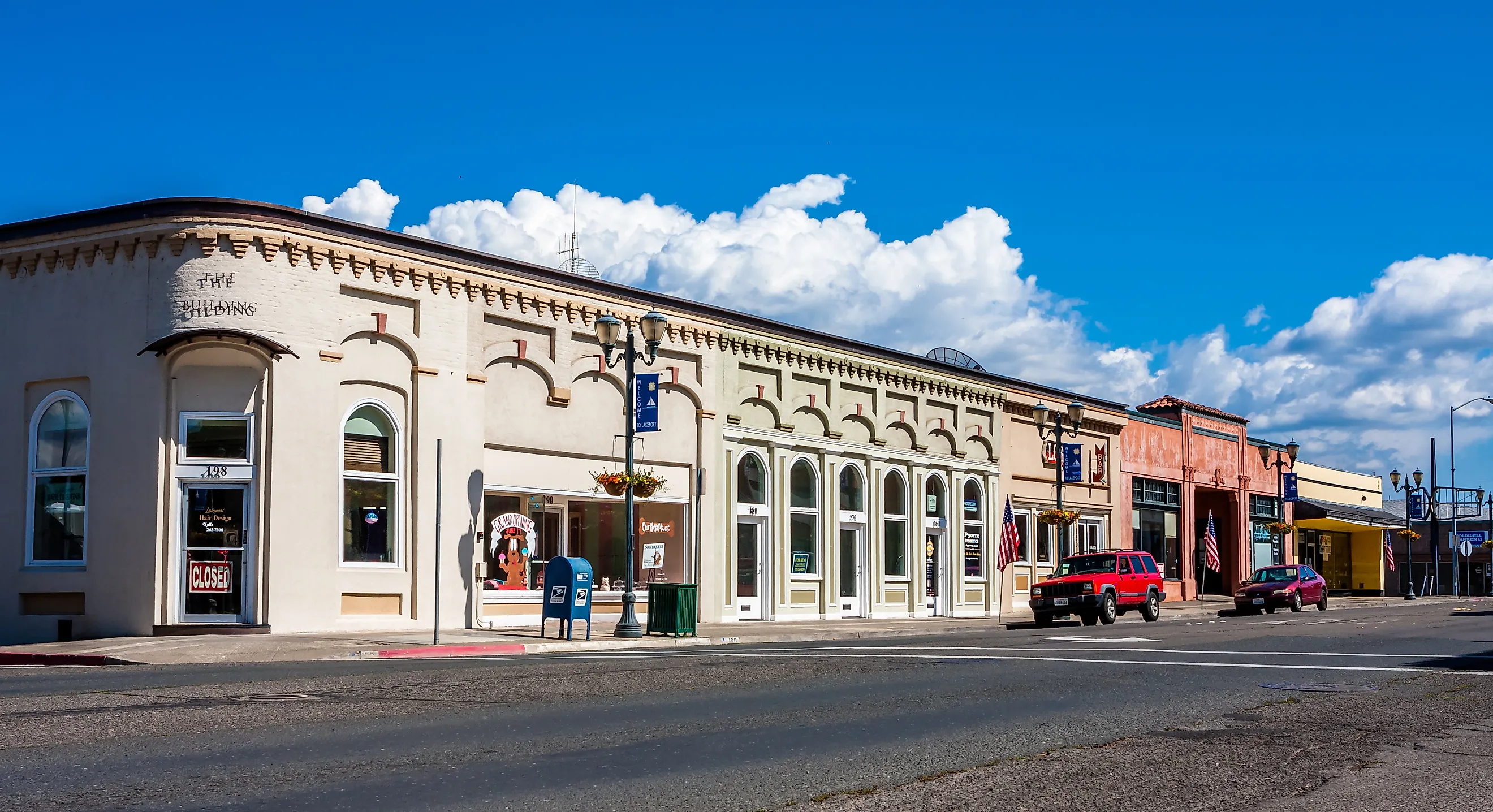
11 Best Towns In Northern California To Retire Comfortably
Retirement in Northern California isn’t a cliff-house fantasy; it’s Tuesday done right. We mapped comfort, not cool: level walking paths, five-minute errands, and neighborhoods where dusk arrives with porch lights instead of traffic. These are places built at human speed, where the biggest decision most days is river, redwood, or ravioli.
In our list, you’ll find Gold Rush main streets with working courthouses and wine-bench valleys one turn off the highway. The result is a blueprint for ordinary good days, repeated often, with enough beauty at the edges to keep the calendar full and the budget intact.
Placerville
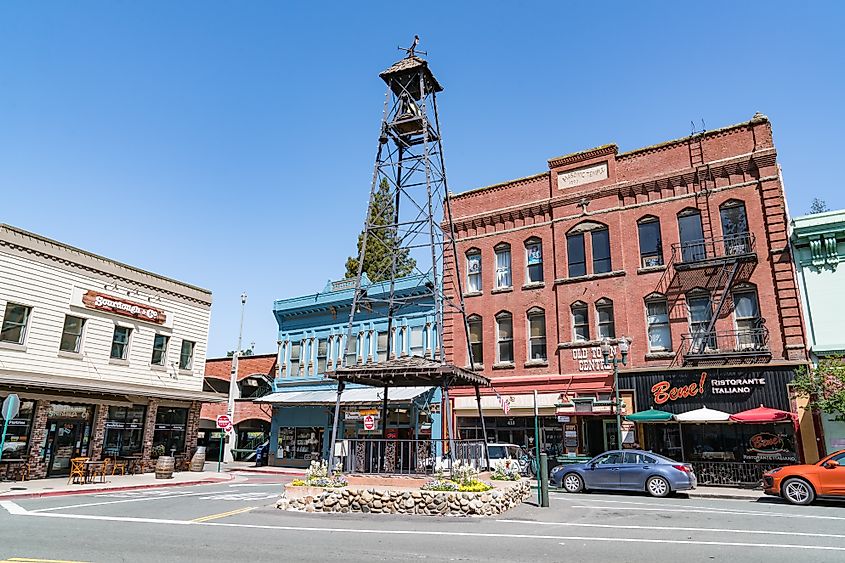
Placerville was once known as “Hangtown,” a grim moniker earned during the lawless Gold Rush years when justice came fast and from a tree. Today, that frontier spirit survives in its historic downtown, compact, walkable, and lined with preserved 19th-century buildings. The town’s most unusual landmark is a noose still displayed near the Bell Tower, a stark reminder of its past. Placerville is also a hub for El Dorado wine country, with boutique tasting rooms like Lava Cap and Boeger Winery just minutes from Main Street. The Fountain & Tallman Museum, located inside the old soda works building, houses mining relics and original newspaper prints, offering depth beyond the tourist façade.
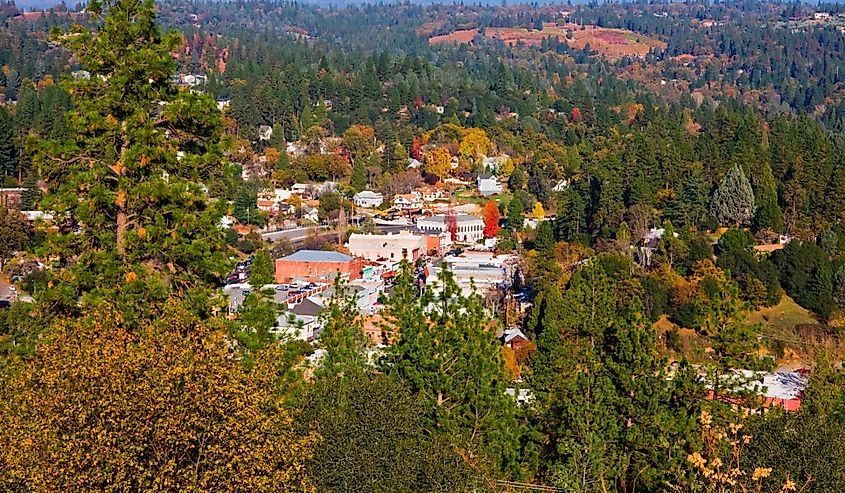
Retirees are drawn to Placerville not just for its scenery but for its practicality. The median home price hovers around $629,000, well below the state average, yet homes often come with views of oak-studded hills. Popular with locals, Sweetie Pie’s serves scratch-made breakfasts in a Victorian house; the apple pancakes draw a steady morning crowd. For quiet afternoons, Lumsden Park along the creek provides shaded walking trails and benches. Placerville also hosts a small but active arts scene centered at the Imagination Theater, known for its volunteer-led stage productions.
Grass Valley
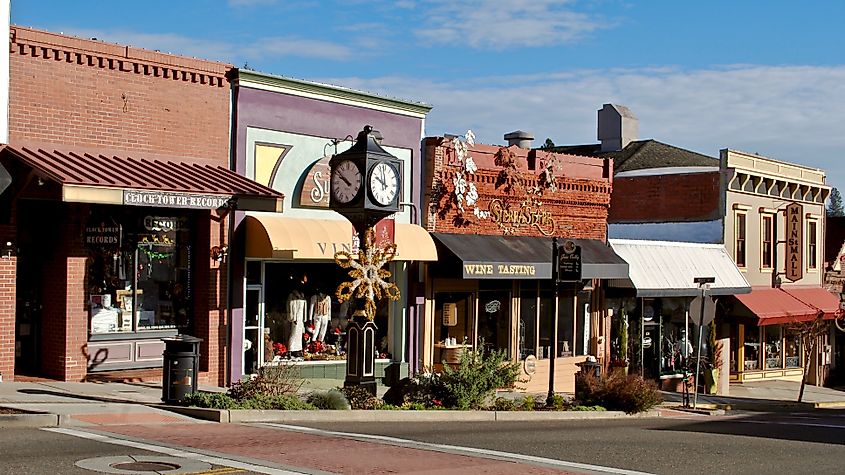
Grass Valley is one of the few towns in California where Cornish pasties are still sold in corner bakeries. Its identity is tightly woven to the Cornish miners who settled here during the gold boom and left behind a legacy of mining culture and architecture that’s still visible today. The Empire Mine State Historic Park, once one of the richest gold mines in California, offers self-guided tours of preserved buildings and formal gardens that back onto forested walking trails. The North Star Mining Museum, housed in a former powerhouse, holds original mining equipment and water-driven machinery.

The median home price in Grass Valley is around $599,000, affordable by California standards, and many properties are tucked into pine-shaded neighborhoods within minutes of downtown. The Booktown Books collective on Mill Street combines a dozen booksellers under one roof, with rare and used titles in floor-to-ceiling stacks. For coffee and a quiet patio, Yuba Coffee Roasters offers delicious roasts and pastries. Retirees looking for a slower pace often attend live music shows at The Center for the Arts, a modern venue that books jazz, chamber groups, and touring acts year-round.
Sonora
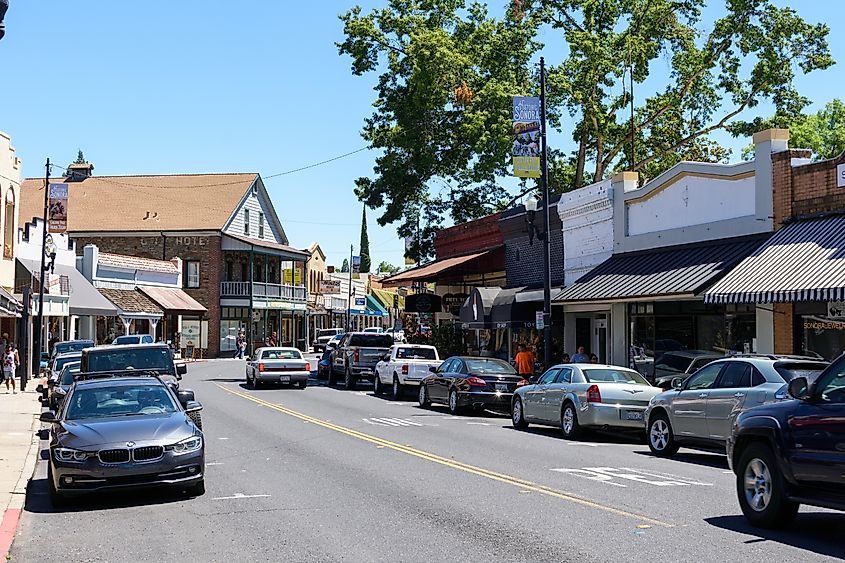
Sonora is one of the few towns in California where you can walk past 1850s saloons, see a live performance in a historic opera hall, and be at a trailhead within minutes. Originally settled by Mexican miners from Sonora, Mexico, the town’s roots show in its street names, architecture, and annual festivals. The Tuolumne County Courthouse, built in 1898 and still in use, anchors the downtown skyline. Just off Washington Street, the Tuolumne County Museum is housed in the town’s old jail and includes original jail cells alongside exhibits on law enforcement and pioneer life.
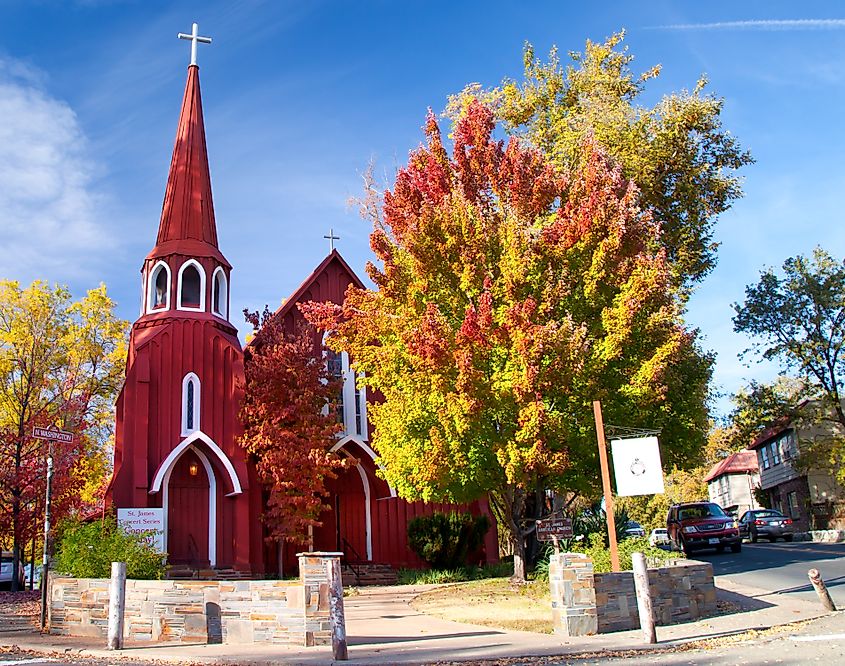
The median home price in Sonora sits around $449,500, with modest bungalows and craftsman homes still common near the center. Retirees often gather at The Armory, a restored drill hall turned music venue and event space, which books jazz quartets and film nights. Dragoon Gulch Trail, located within city limits, offers a 3.1-mile loop with views of rooftops below and the Sierra foothills beyond.
Angels Camp
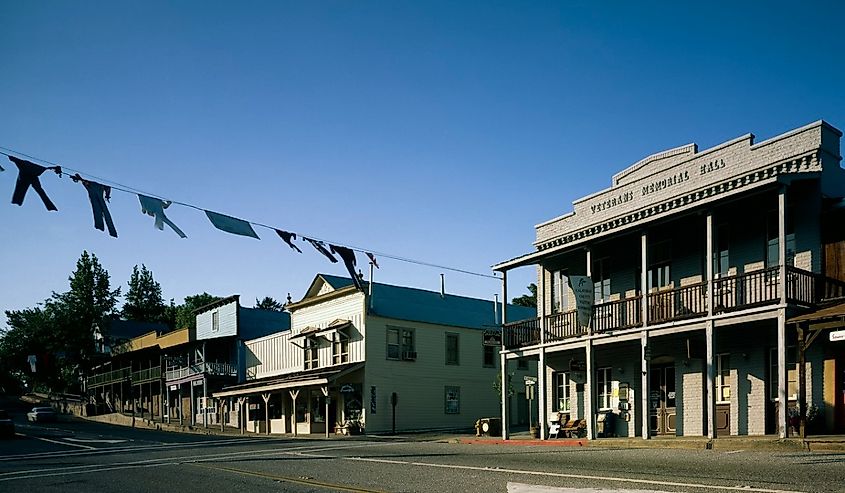
Angels Camp is the only town in California where frogs have their own historical marker. Made famous by Mark Twain’s 1865 short story The Celebrated Jumping Frog of Calaveras County, the town has turned that legacy into an annual event, Frog Jump Jubilee, held at the Calaveras County Fairgrounds. But beyond folklore, Angels Camp has a preserved Gold Rush-era main street with iron shutters and stone buildings. The Angels Camp Museum spans three acres and includes a carriage house with over 30 restored wagons and mining equipment once used in the Sierra foothills.
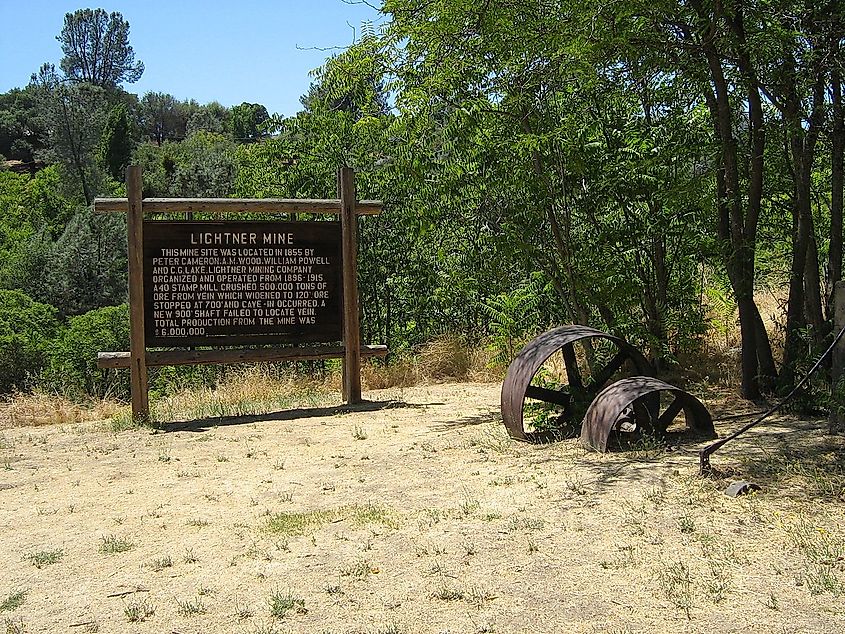
The median home price is around $525,000, with ranch-style homes and low-maintenance properties on quiet cul-de-sacs. Main Street is home to Gold Dust Pizza, known locally for its thick crust and small wine list, and the Pickle Patch Deli, which closes by mid-afternoon and sells out of its turkey-avocado sandwiches most days. For outdoor access, Utica Park has a shaded walking loop, public bocce court, and a quiet veterans’ memorial. A ten-minute drive west leads to New Melones Lake, where retirees fish for kokanee salmon or launch small boats from Glory Hole Marina.
Ukiah
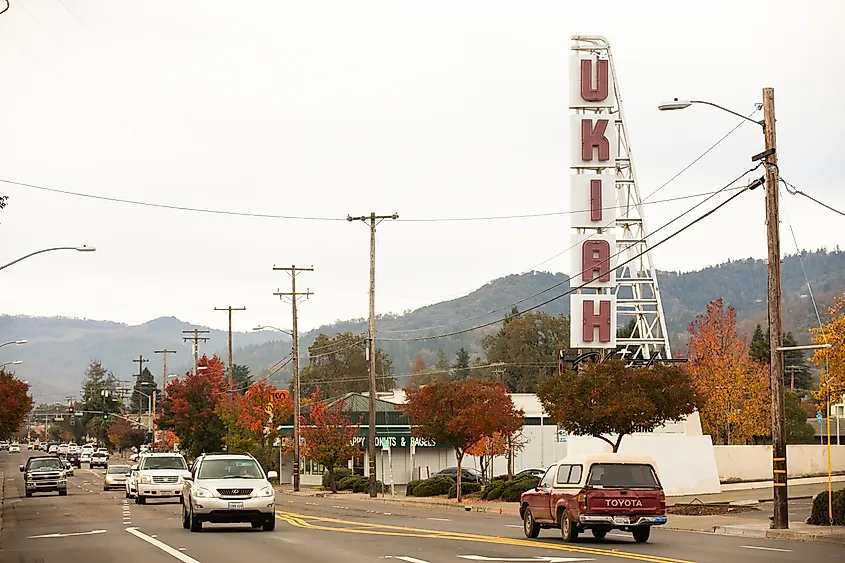
Ukiah is the only city in the U.S. whose name is a reverse spelling of "Haiku," though the connection ends there. What defines Ukiah is its mix of wine country, redwood proximity, and a long-standing Buddhist community anchored by the City of Ten Thousand Buddhas, a former state hospital turned monastery and educational center. The town has been shaped by agriculture more than tourism, and that shows in its downtown businesses and unpolished edges. At the Grace Hudson Museum, visitors find Pomo basketry, early 20th-century paintings, and the preserved Sun House where the artist once lived.
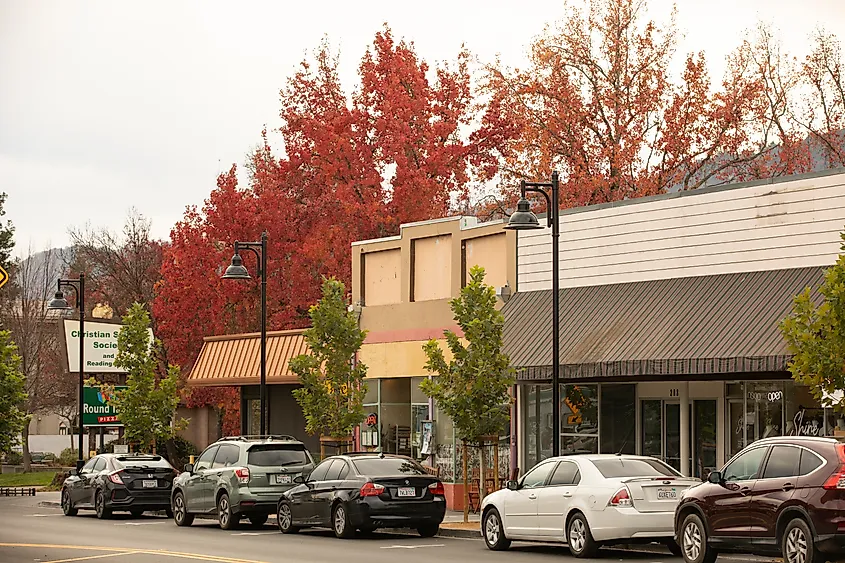
Median home prices in Ukiah are around $569,000, well below the California average, with many homes on quiet lots framed by walnut and pear trees. Schat’s Bakery on Perkins Street draws retirees for morning coffee and rye toast. Todd Grove Park offers paved walking loops, shaded tables, and hosts a free summer concert series that fills the lawn by 6 p.m. A few minutes south/east, Rivino Winery pours estate-grown reds on a patio overlooking the Russian River.
Fort Bragg
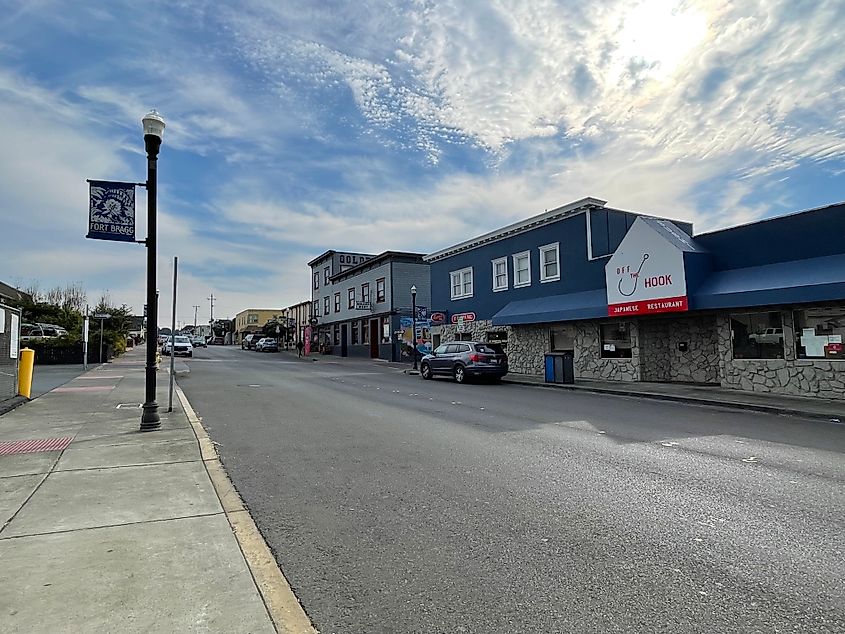
Fort Bragg is one of the few California towns that began as a military garrison and evolved into a working-class coastal hub without shedding its industrial spine. For over a century, its economy was powered by the Union Lumber Company mill, which once sat where Glass Beach now draws visitors to its tide-smoothed shards of discarded pottery and glass. The Skunk Train, originally a logging route, now carries passengers through tunnels and redwood groves from a station near downtown. Fort Bragg’s relationship with the Pacific is practical, not decorative, fishermen still offload crab and black cod at Noyo Harbor daily.
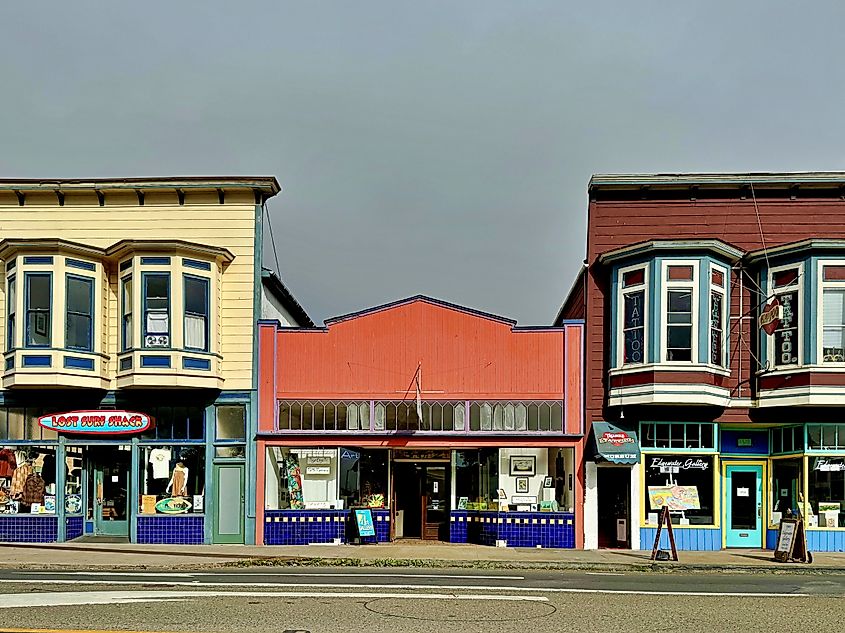
Median home prices in Fort Bragg are approximately $701,500, with older cottages and coastal bungalows still available under the county’s average. Locals often gather at Headlands Coffeehouse, a narrow café on Laurel Street that sometimes hosts live acoustic sets and offers counter seating with ocean views. The Guest House Museum, located in a former lumber executive’s home, holds maps, tools, and original mill ledgers from the 1880s. Pomo Bluffs Park stretches along the southern headlands with ADA-accessible trails and viewing decks above the harbor mouth.
Lakeport
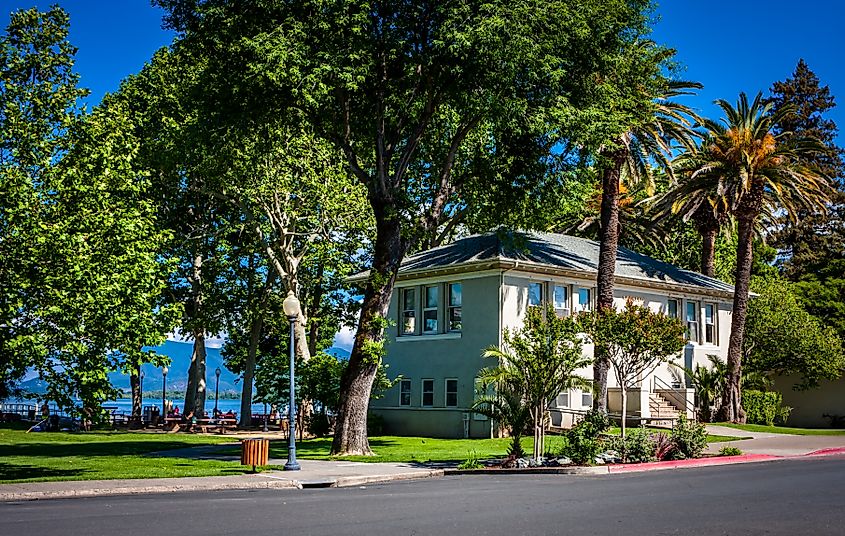
Lakeport sits on the western shore of Clear Lake, the oldest natural freshwater lake in North America, and a body of water that shapes everything from the town’s weather to its street layout. In summer, bass boats outnumber cars before sunrise, and in winter, the lake fog settles low over Main Street. The town’s identity is tied to this lake more than any event or landmark. The Lakeport Courthouse Museum, housed in an 1870s brick building, contains pioneer-era clothing, Lake Pomo artifacts, and early maps showing settlements before the roads were paved. On the same block, the Soper Reese Theatre runs films and local stage productions, including senior-friendly matinees.
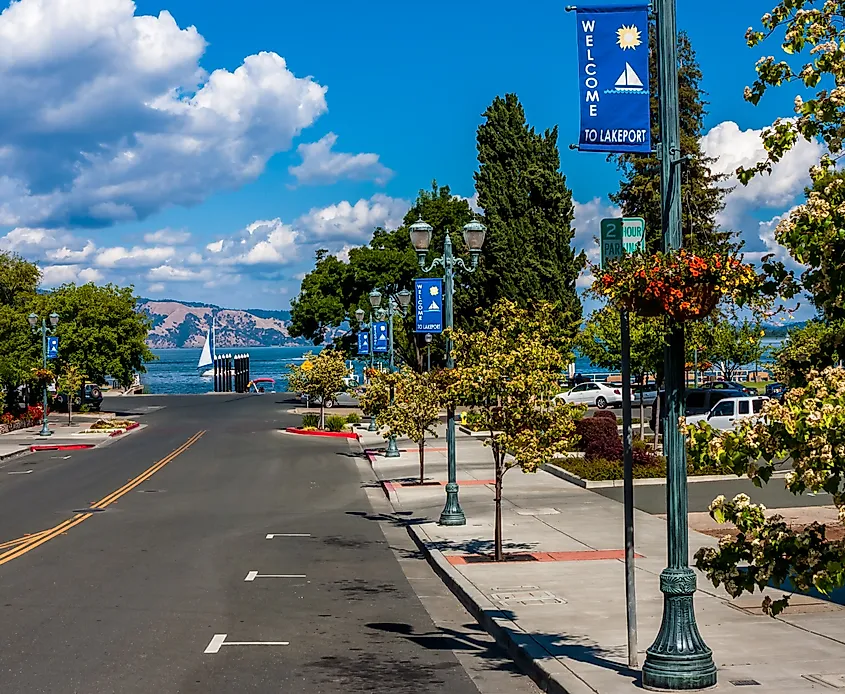
Median home prices in Lakeport are around $450,000, with most homes within a few minutes of shoreline access. Angelina’s Bakery & Espresso is known locally for its focaccia, breakfast burritos, and minimal seating, most orders are taken to-go and eaten at Library Park, which fronts the water and has a gazebo, boat docks, and level walking paths. For more space and fewer people, nearby Westside Community Park offers pickleball courts, shaded trails, and open field access without fees or signage overload.
Clearlake
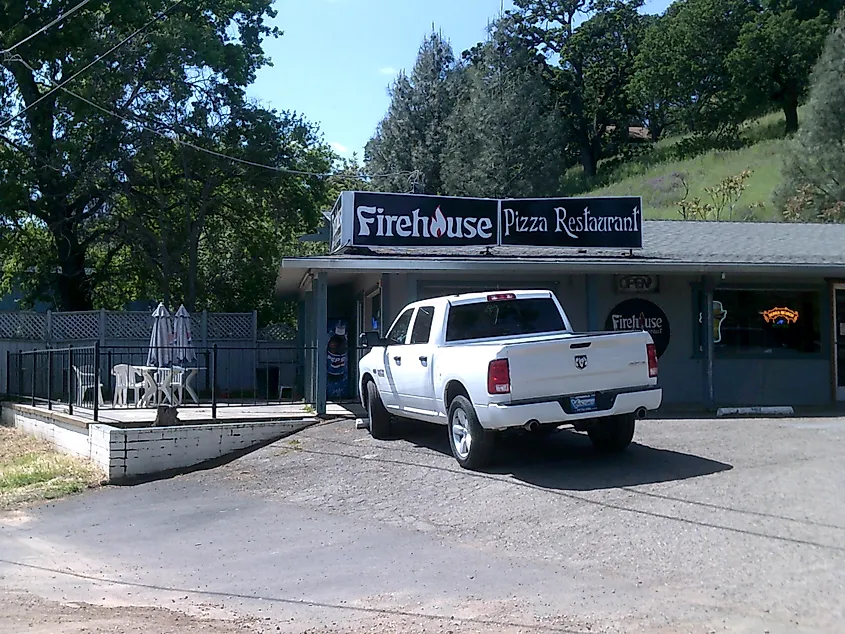
Clearlake has more shoreline than any other city on Clear Lake, but much of it feels unofficial, residents fish off unmarked docks, launch kayaks from empty lots, and park lawn chairs beside reeds. What defines the town isn’t a preserved downtown or historic district, but its direct, unfiltered access to water. Many homes back up to the lake or sit within walking distance of it. Redbud Park, one of the few structured public areas, has a fishing pier, boat launch, and shaded picnic tables along Cache Creek, where pelicans gather in the mornings.
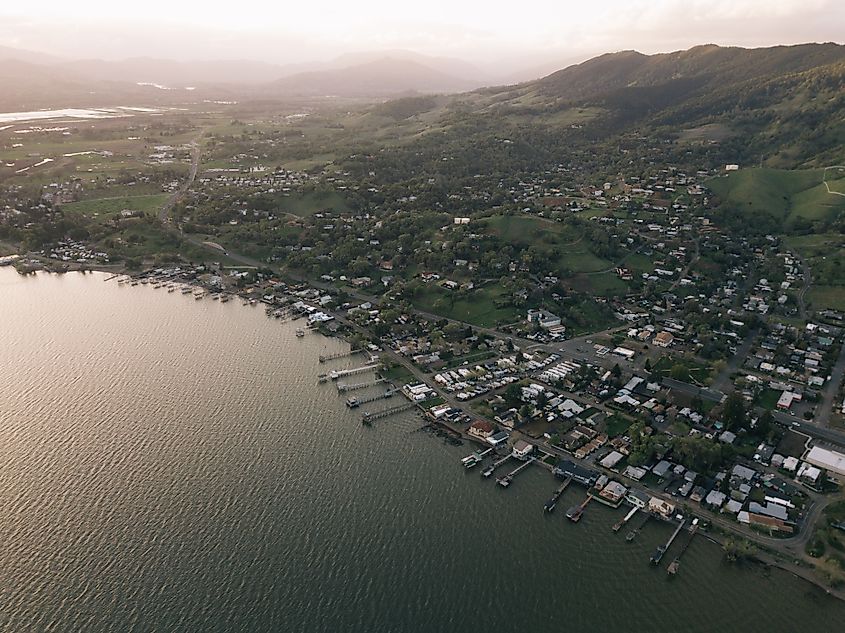
The median home price in Clearlake is around $295,000, making it one of the most affordable lakefront markets in California. There are no chain cafés downtown, Sisters Coffeehouse serves espresso drinks and homemade muffins from a walk-up window. Highlands Park offers a trimmed lawn, a boat ramp, and benches spaced far enough apart to make solitude easy.
Ferndale
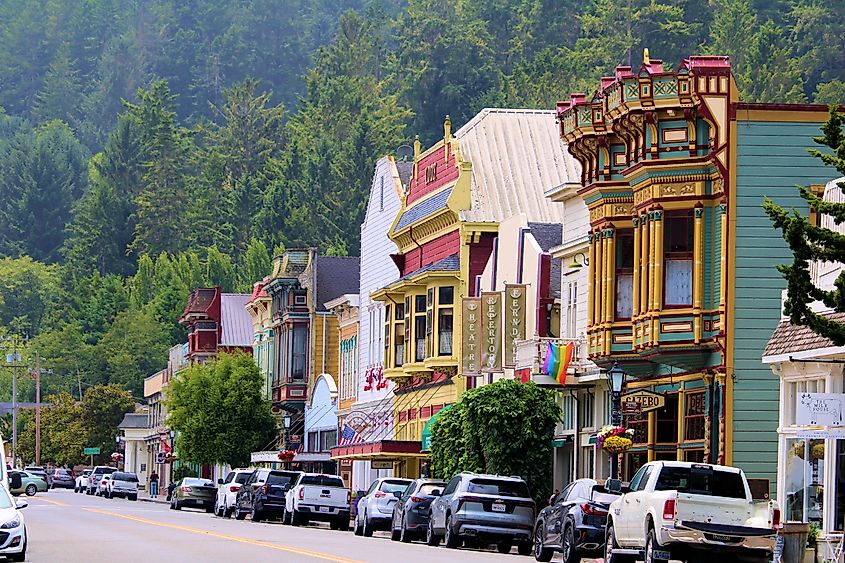
Ferndale is one of the few towns in California where the entire commercial district is listed on the National Register of Historic Places. Known for its fully intact Victorian storefronts and homes, Ferndale also maintains an active agricultural economy, with pastureland beginning just one block off Main Street. The town’s cemetery climbs a steep hillside and overlooks the entire Eel River Valley, many of the headstones date to the 1800s and feature carved cattle brands. The Ferndale Museum documents the town’s Danish and Portuguese roots, and its working player piano is used during weekend walkthroughs.
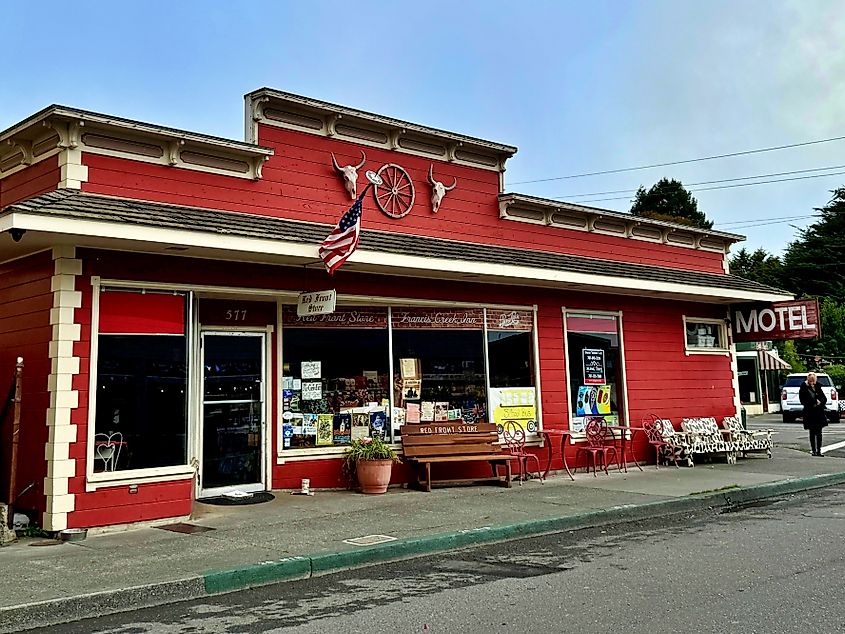
The median home price in Ferndale is approximately $720,000. While prices are above regional averages, most homes are restored, walkable to downtown, and surrounded by pasture or forest. The Mind’s Eye Manufactory & Coffee Lounge roasts on-site and houses a gallery for local woodworkers and ceramicists. For meals, the Ivanhoe Hotel & Restaurant serves lamb shanks and grilled oysters from a narrow dining room beneath a pressed-tin ceiling. Russ Park offers 100 acres of coastal forest with well-marked trails that rise through fog and second-growth spruce.
Fortuna

Fortuna calls itself "The Friendly City," but its identity is more rooted in geography than slogans. It sits just inland from the Lost Coast, shielded from coastal fog but close enough to reach the ocean in 20 minutes. Its layout is defined by the Eel River and the forested ridges that rise behind it. The town’s annual Redwood AutoXpo fills the streets with restored cars each July, but for the rest of the year, life runs on local patterns. The Fortuna Depot Museum, inside a restored train station, keeps a small but focused collection of Humboldt County railroad maps, logging tools, and Depression-era photos.
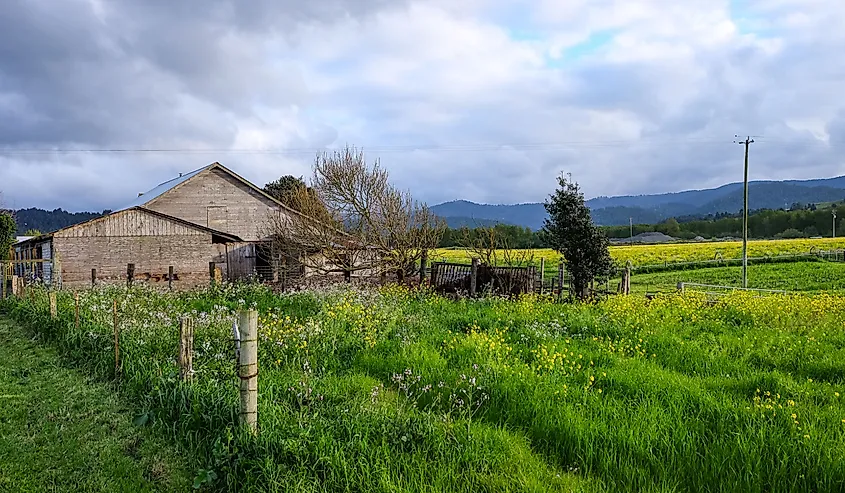
The median home price in Fortuna is about $472,500, with older homes near downtown and newer subdivisions off Rohnerville Road. Shotz Coffee & Drive Thru, located just past the city limits, serves dark roast blends and sells out of bear claws by mid-morning. Rohner Park has paved walking loops, redwood groves, and an open field used for bocce and car shows. Fortuna Theatre screens first-run films, often with matinees tailored to seniors. The town’s medical center sits near the center and serves as both clinic and hospital.
Mount Shasta
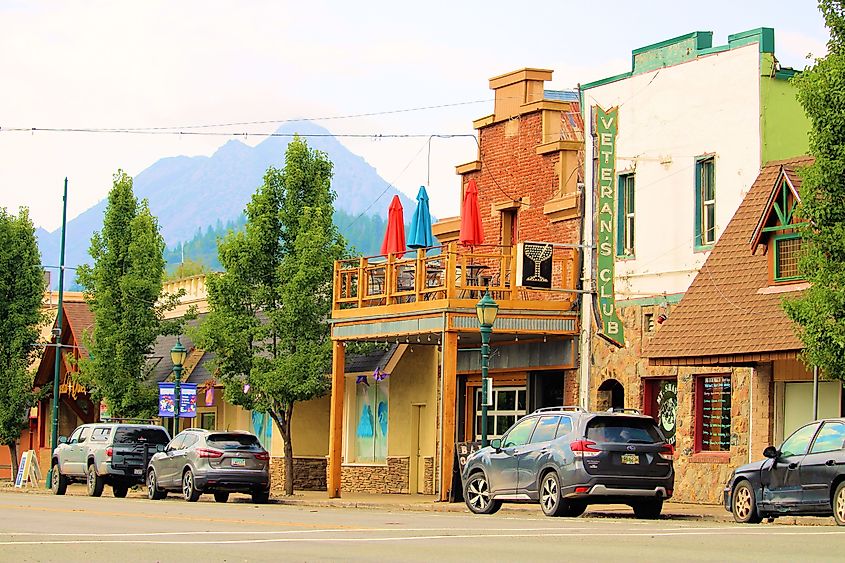
Mount Shasta is one of the few towns in California where a 14,000-foot volcanic peak is visible from nearly every street. The mountain isn’t just a backdrop, it defines the water, weather, and culture. Glacial runoff feeds the headwaters of the Sacramento River, which emerge clear and cold from a spring in Mount Shasta City Park. The area has long attracted spiritual seekers, drawn by stories of Lemurians and energy vortexes, but most residents engage with the mountain through hiking, snowshoeing, or sitting under it in silence. The Sisson Museum, housed in a historic fish hatchery, documents the town’s rail history, wildfire battles, and trout farming legacy.
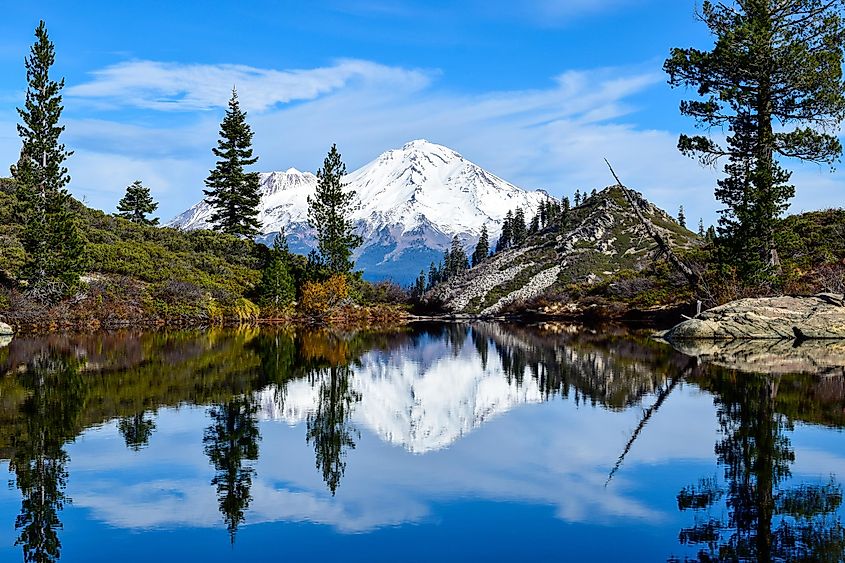
The median home price in Mount Shasta is around $459,900. Many homes sit on tree-lined lots with winter plowing handled by the city. Black Bear Diner, originally founded here, still operates just off the highway with an extensive breakfast menu and booths that fill by 8 a.m. For quieter mornings, Seven Suns Coffee & Café serves house-roasted beans and egg wraps with seating that faces the mountain directly. Lake Siskiyou offers a level, 7-mile shoreline trail that encircles the water with bridge crossings and picnic stops.
Retirement works here because the basics line up: modest home prices, walkable cores, dependable clinics, and everyday pleasures that repeat without effort. These eleven towns pair functioning infrastructure with distinct identities, harbor bells, lake mornings, vineyard benches, Gold Rush storefronts, a mountain that sets the clock. None promises spectacle. Each promises Tuesday after Tuesday done right, with room for neighbors, routines, and the kind of beauty you notice on errands daily.
